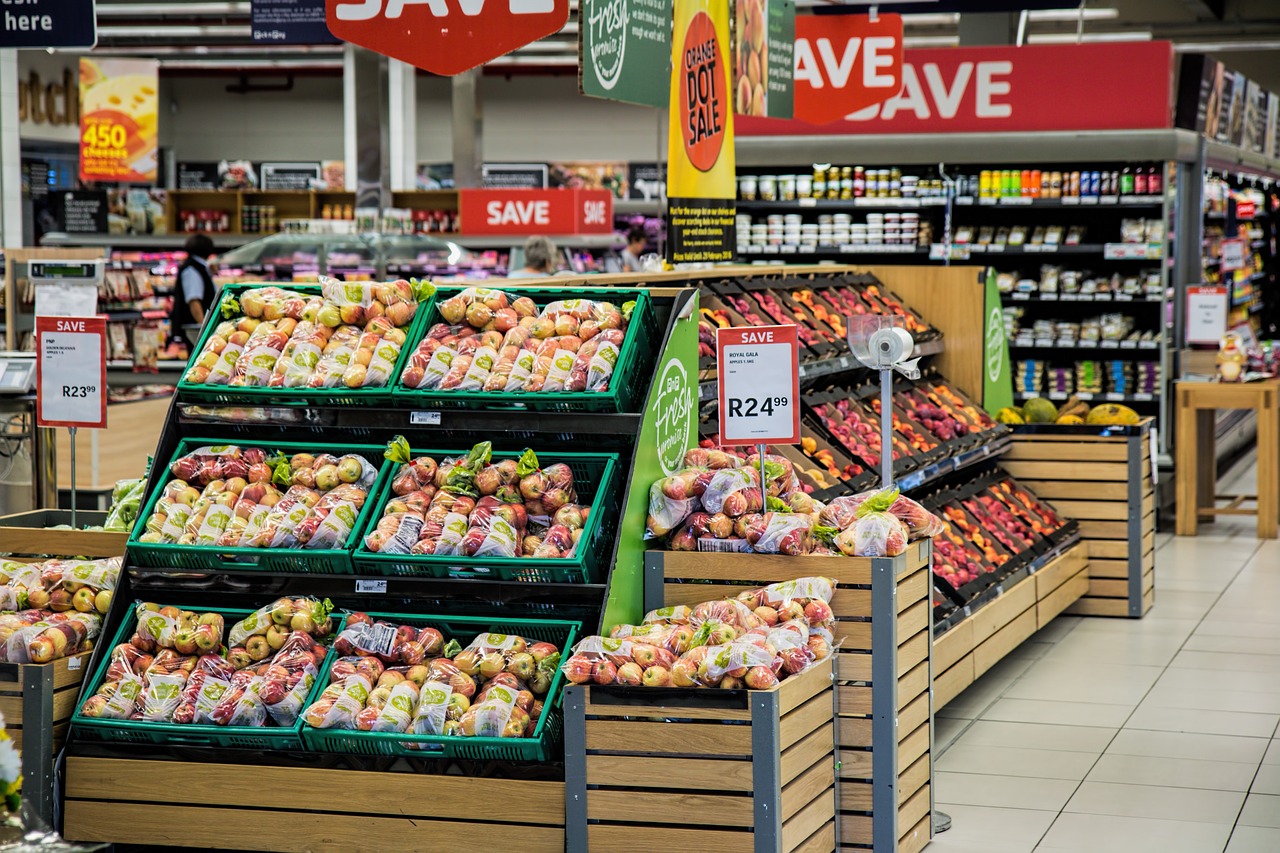This Week in Business and Brands: Promises, Pitfalls, Produce, and More
By Vivaldi, August 19, 2016
Future Delivered
In our world of constant tech innovation, it’s becoming a little harder to draw the line between the truly inevitable and simple wishful thinking. But for some successful brands, it makes for great told-you-so opportunities – as Amazon can soon attest, their once-dubious drone delivery service is about to change the shipping game and leave all doubters in the aerial dust. And while self-driving cars were once nothing more than sci-fi movie fodder, not only is Uber about to launch our first taste of driverless livery, but Ford is so bold as to promise an entire fleet of the automotive AI at your beck and call in just five years.
Virtual Ubiquity
So what’s a former wheelman to do when he no longer has to keep his eyes on the road? Strap into his Virtual Reality headset, of course – which Intel and Microsoft plan to make as prevalent as the PC. And while they may seem a little ahead of the curve in the US, the truth is they better hurry – for China’s sake, since the country is already investing $860 million in VR this year alone, surpassing every other market in the world. All this makes us wonder – is there anything that’s actually just “wishful thinking” after all?
Reality Checks
Unfortunately, some of those wishes don’t stay granted for long. When something sounds too good to be true, perhaps it is – asPostmates users are finding out the hard way with enormous hidden fees added on after they order. Turns out that the instant-anything delivery service is still a ways away from being affordable. That said, it’s still not bringing enough shoppers back to brick-and-mortar to prevent Macy’s closing down 100 stores across the country. Facing the facts does have its benefits, though – the department store’s stock rose 17% for its efficiency.
Found on the Phone
Putting the customer first is always the best strategy to make sure your brand doesn’t turn into one of the cautionary tales above. And the only way to engage with that audience is to meet them where they are. That alone should explain why businesses across India are putting social media at the forefront of their campaigns – after all, who doesn’t always have a phone in their hand? Homing in even further was Nationwide Insurance, snatching up Snapchatters to show how a filter can even outperform an ad. Being always on the phone means less time on the bigger screen – which explains why NBC’s Olympics TV coverage isn’t winning any medals from Nielsen’s ratings this year. And finding the customer on the phone certainly also explains Chick-fil-A abandoning the big ad for the bonus app.
Climbing the Food Chain

But finding the customer is only the first step – brands then need to create truly innovative engagement opportunities to distinguish themselves from the competition. No easy task to be sure, but since two heads are better than one, making an “innovation ecosystem” within the company can certainly pave the road for successful ideation. And if there was somehow still any lingering doubt as to whether the route should lead towards the digital, here are a dozen manifestos on the revolution itself. On that note, even the biggest firms can learn a lesson or two from a challenger brand, as grocer Lidl “surprised” the competition by doubling its share of the (super)market.
List of Leviathans
That’s all for this week! For further growth inspiration, we’ll leave you with Forbes’s new list of the biggest public companies in the world. (Spoiler: Apple’s only #8.)
- Topics:
- Weekly Roundup
